No matter where you go in Scotland, you’ll see lots of our wonderful avian wildlife.
We present a top 10 of birds you can see in the north-east of the country, throughout the four seasons.
Get those binoculars out and see how many you can spot!
Spring
- Lochs Davan & Kinnord:no spring is a sweet as the highland spring. Out on the loch goldeneye display, on the rough grazing lapwings tumble and cry like extras from Sunset Song, and if you are very lucky a round-winged goshawk might circle above the pines or an early osprey glide past the budding birches on the edge of the water. Get out along the heather paths and listen for the chaffinches rich song or the first willow-warblers’ fine cadence in the bright, open woods.
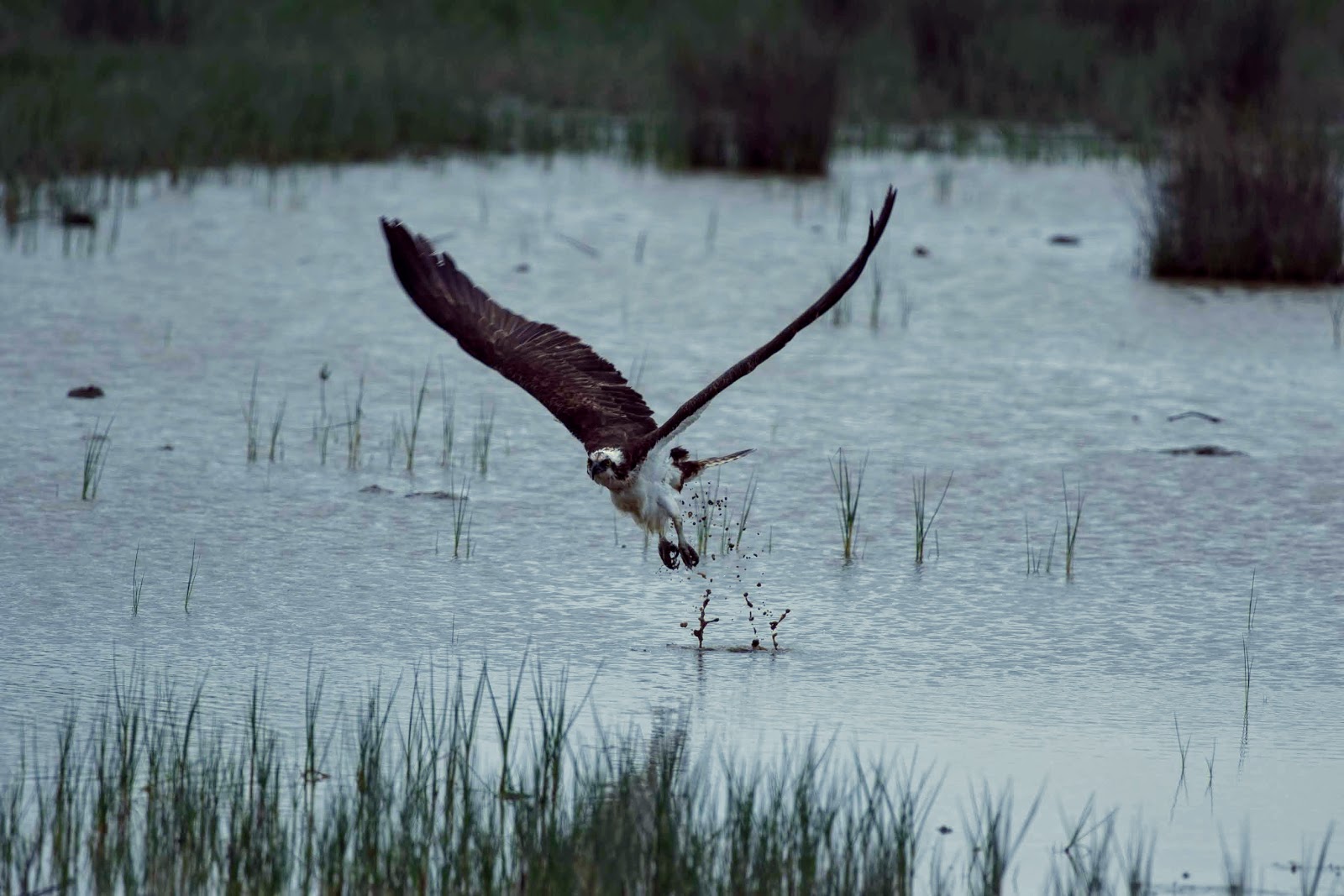
Osprey
- Haddo Country Park: a walk through the huge beeches and round the lake is rich in birds at any time of the year but this is a good place to see the first swallows or house martins flicking over the water, the swans dipping their necks at each other, maybe a late-wintering pair of goosander or little grebes out on the water, and certainly the moorhens, mallards and even maybe a mandarin duck, fighting for seed or bread with the lesser black-backed gulls, just back from their winter in Spain.
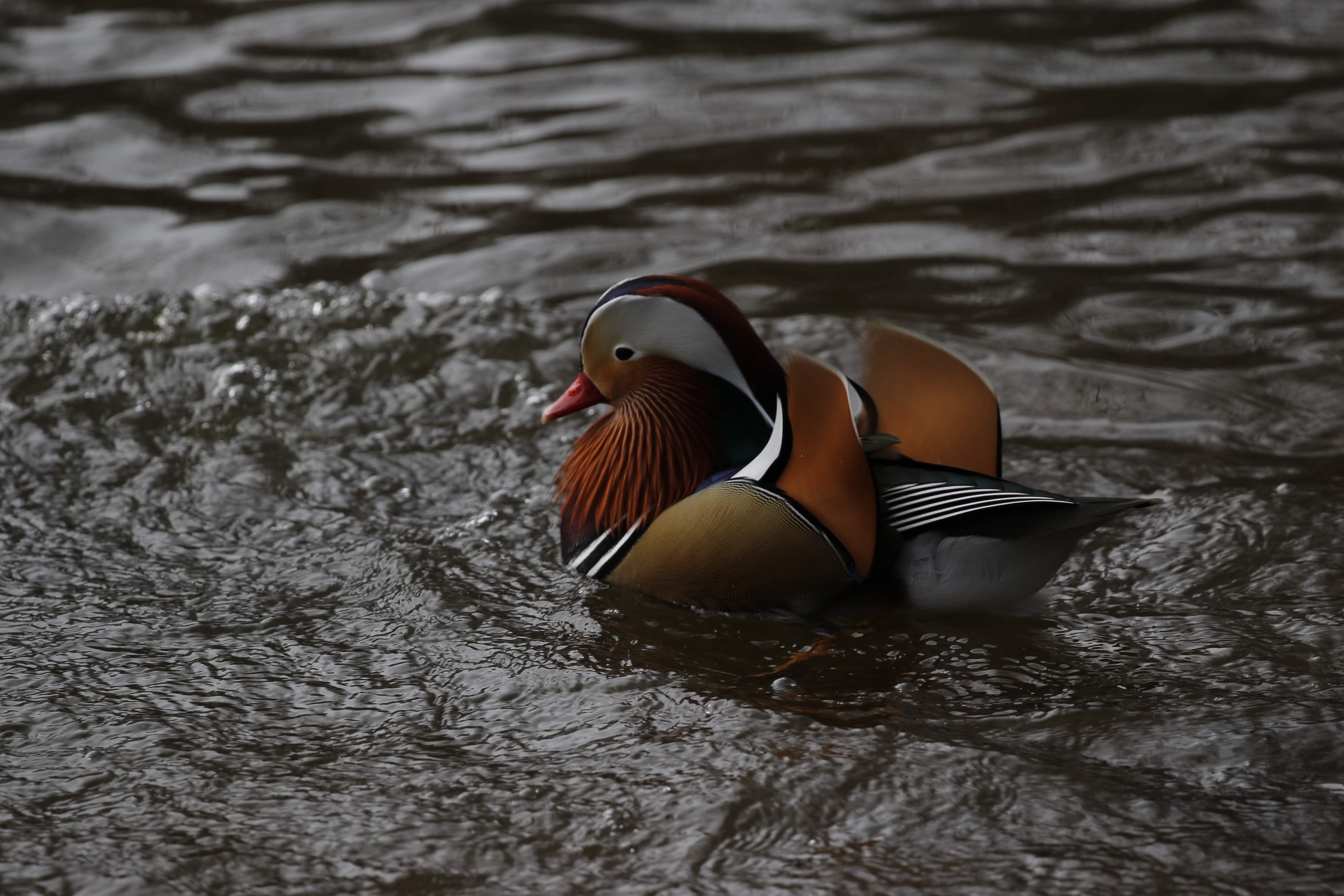
Mandarin Duck
- The Deeside Railway Line: anywhere from Holburn Street to Culter, on a May evening, will give you blackbirds and song thrushes, chaffinches and goldfinches, which fill the air with layers of song, enriched by the summer visitors: listen not just for the willow-warblers in every tree but for the occasional chiffchaff, their plain-singing cousin, and for whitethroats and garden warblers, more elusive but worth the stopping and listening for.
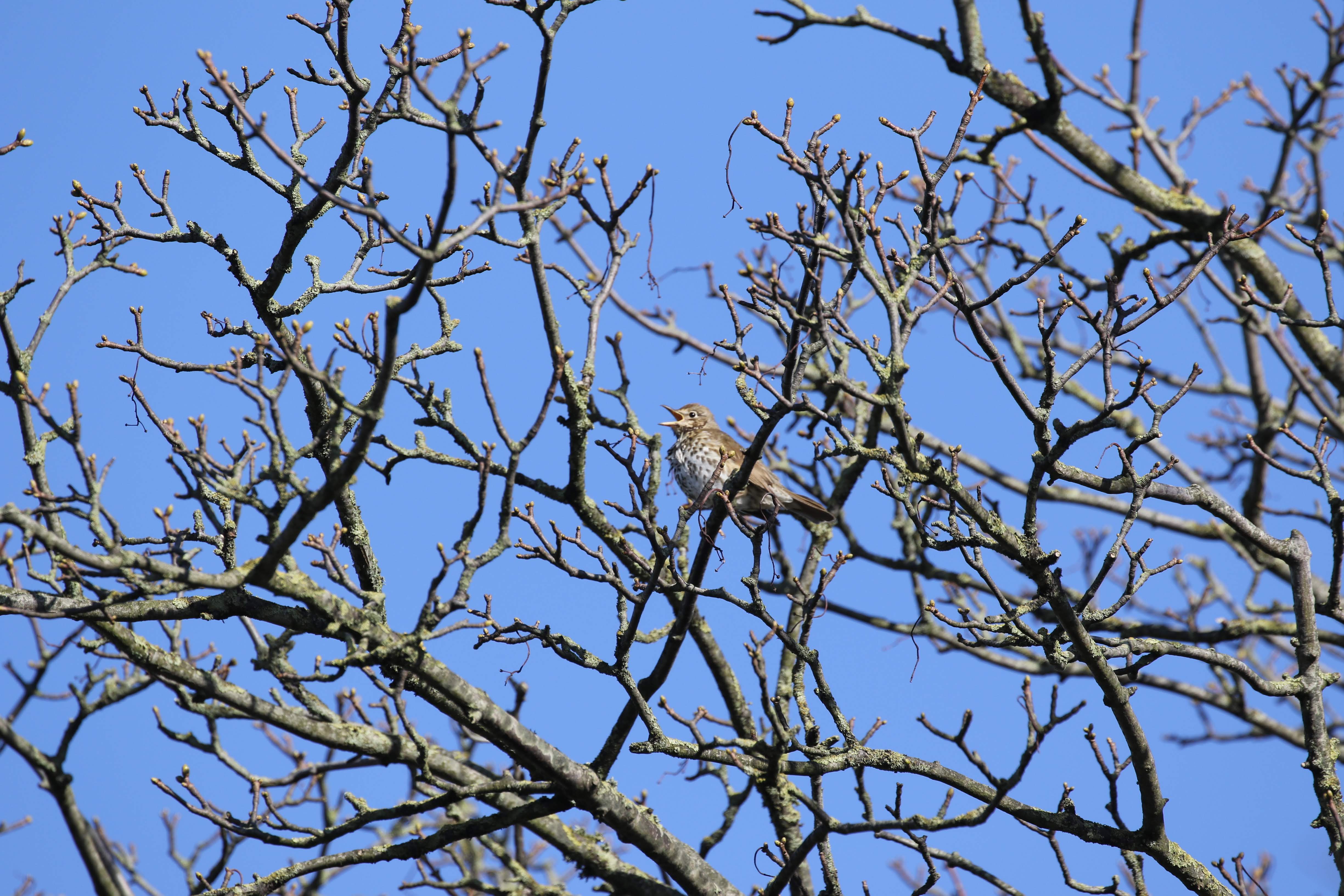
Whitethroat
Summer
- The Dee Valley:go further up the glen in high summer and look along the creamy river for its three summer spirits: plump dippers with their white eyelids, stepping off the stones to walk below the water, grey wagtails with their yellow bellies, twisting their tails like wedding dresses across the stream, common sandpipers with sharp, vibrating wings spinning just above the water and picking larvae from under the grassy banks. And if you look up this is where you will see the spectacular fork-tailed red kite, scouting the fields and forests.
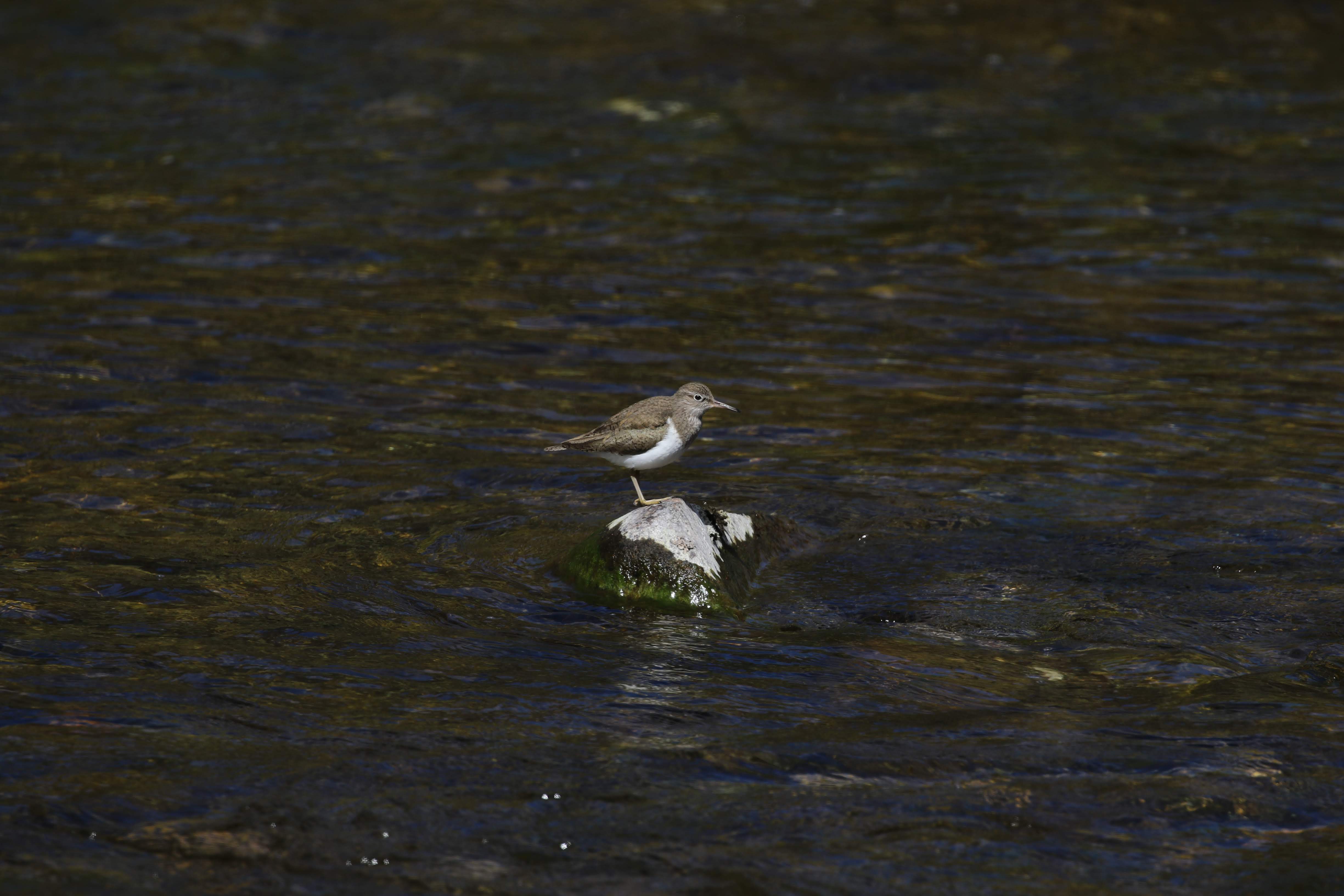
Sandpiper
- Fowlsheugh: don’t go too near the edge, but this reserve south of Stonehaven give the best bird experience in high summer, a mile of stinking, noisy, whitened, pudding stone cliffs, covered in guillemots and razorbills, constantly travelling up and down to the dark sea like the angels on Jacob’s ladder, while kittiwakes float by, shrieking their names, and the gulls sit on eggs among tufts of sea-pinks. If you are lucky you may see rarer birds – a puffin or two on a grassy promontory or a peregrine falcon speeding past.
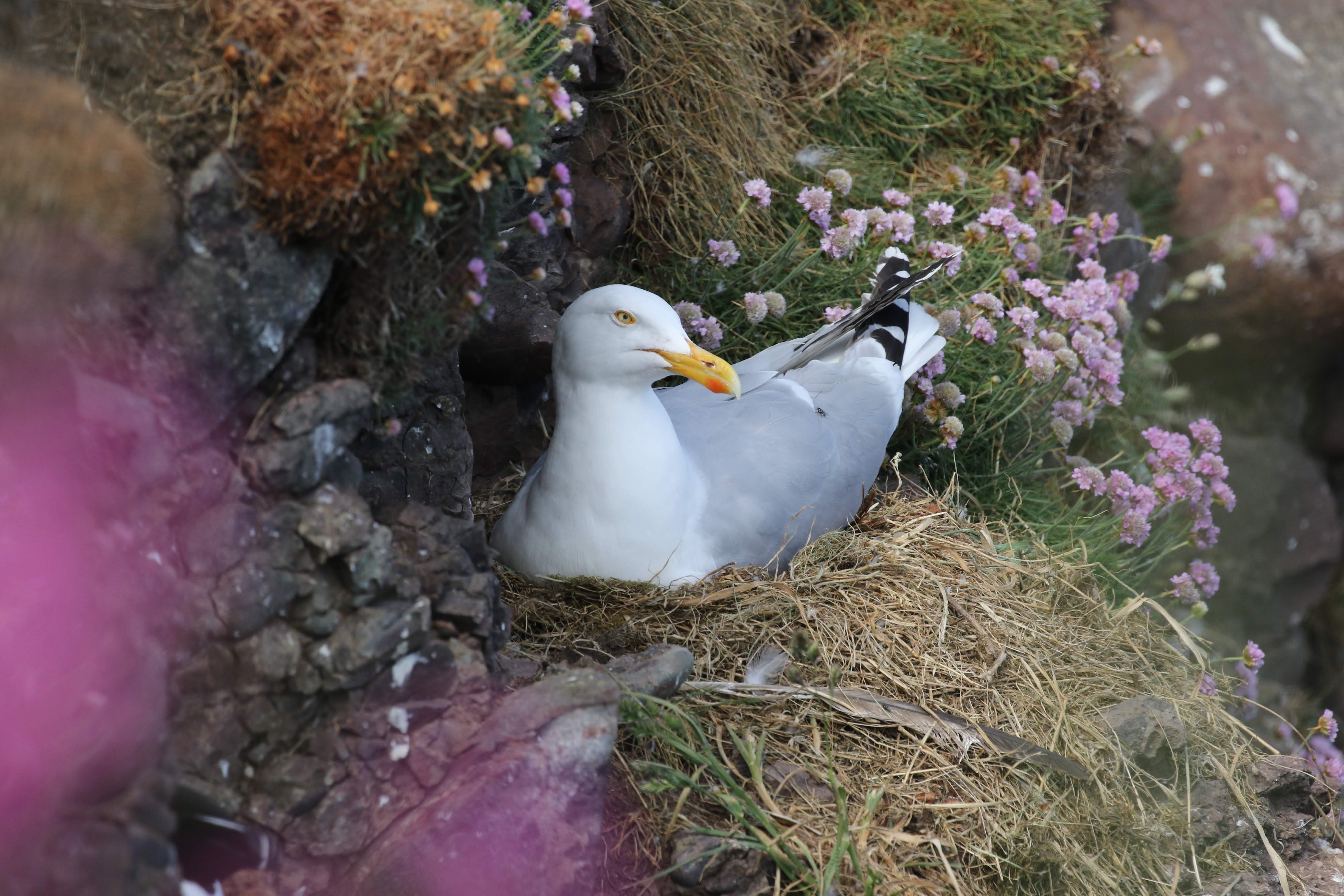
A gull
Autumn
- Point Grey:if you are a twitcher, of whatever degree of seriousness, here is where you can turn up a real rarity, in the tangled scrub round the fort, the edge of the Torry allotments, the grassy slopes to the sea, or in that sycamore above the harbour. Watch out for high pressure over Scandinavia and a steady east wind, preferably a dash of fog as well, and rarities may drop in, like yellow-browed warblers, mites from the far-east, or pied flycatchers, or isabelline shrikes. If both the names and appearance of such thrills are just legendary to you, ask someone with binoculars round their neck ‘Seen anything?’
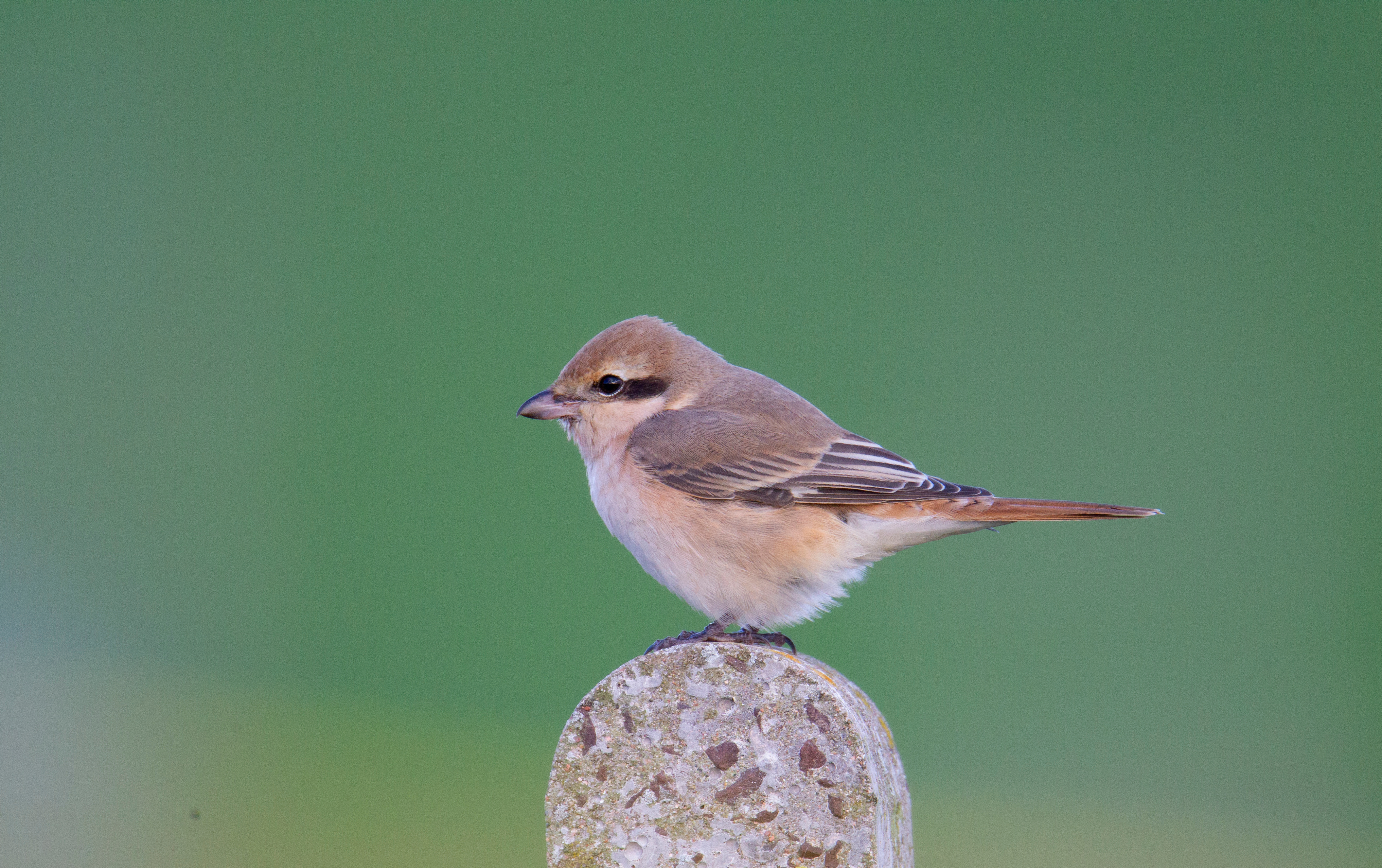
Isabelline Shriek
- Loch of Skene:we are lucky that the autumn is almost as exciting as spring for birding in the North East. While the swallows are still lining up on the wires, you hear the first yelping of the pink-footed geese. Look up and there are the ‘lang, lang skeins’ of which Margaret Jacob wrote. Thousands like to roost on the safe loch. A watch at dusk from the beeches and pines will see them power in from a’ the airts to whiffle down onto the dark water. Look very carefully and you might see a snow goose or even that eastern rarity, a red-breasted goose, among them.
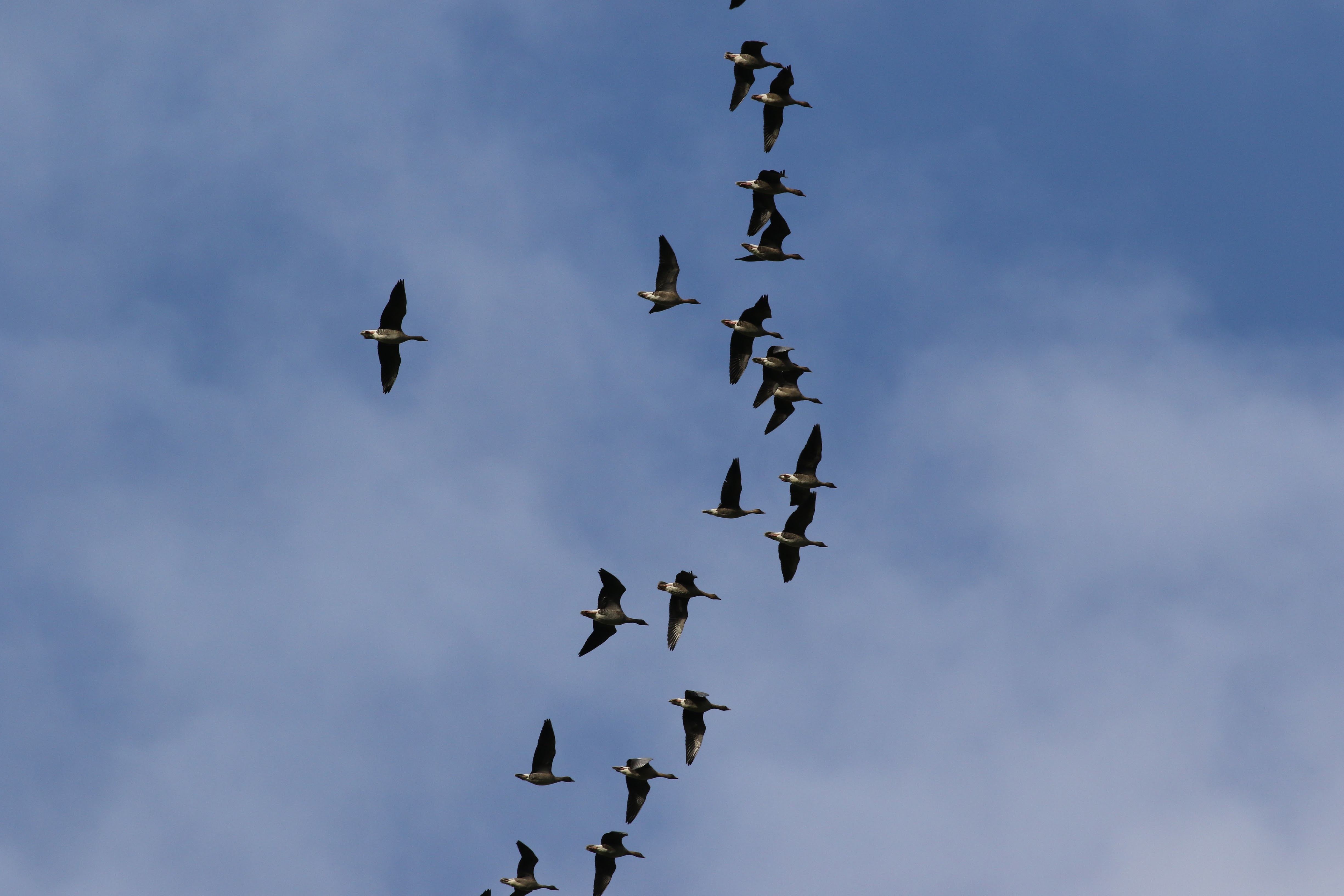
Pink-footed geese
- Strathbeg: this is the A-list reserve. Along with a trip down the sandy road to Rattray Head, it makes for a full day out. From the visitor centre you can watch at close quarters chaffinches, goldfinches and tree sparrows on the feeders, then the raucous colony of common terns. From the hides you will maybe see a marsh harrier floating or a kestrel hovering over the marsh, sedge warblers rasping from the ditches, or, if you are lucky, a bearded reedling chipping up from the deep reedbeds. Go back in winter – and in spring – and in summer.
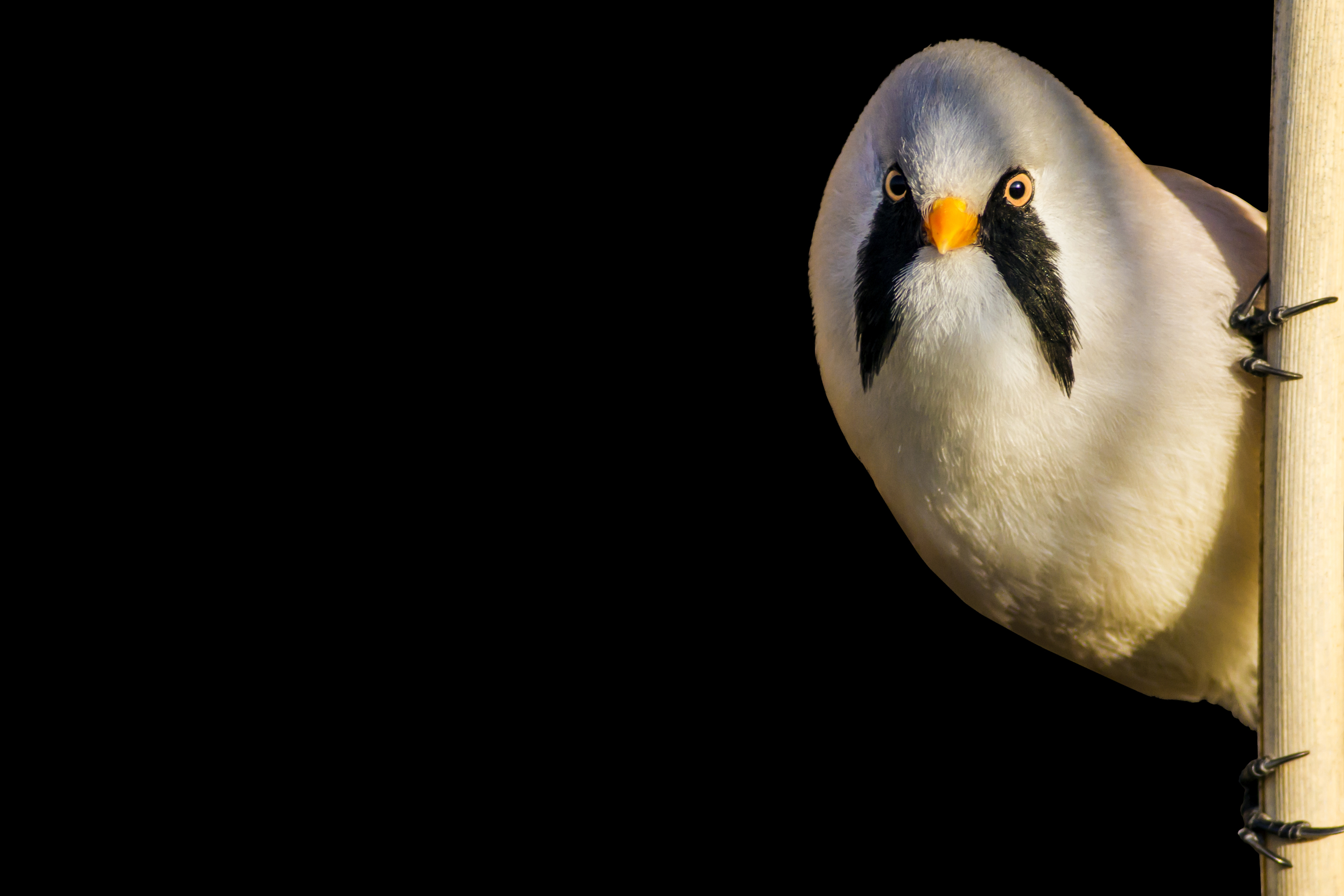
A bearded reedling
Winter
- Duthie Park & Allenvale Cemetery: when the hard frost whitens the gardens and parks, this berry-filled oasis is where to look for the classic winter visitors – Scandinavian redwings and fieldfares, Russian blackbirds, and maybe even a flock of rare waxwings, along with the robins, blue and great tits, dunnocks and carrion crows. On the grass verges, herring gulls paddle their webbed feet so the worms think it is raining and wriggle up for lunch – the gull’s lunch, that is.
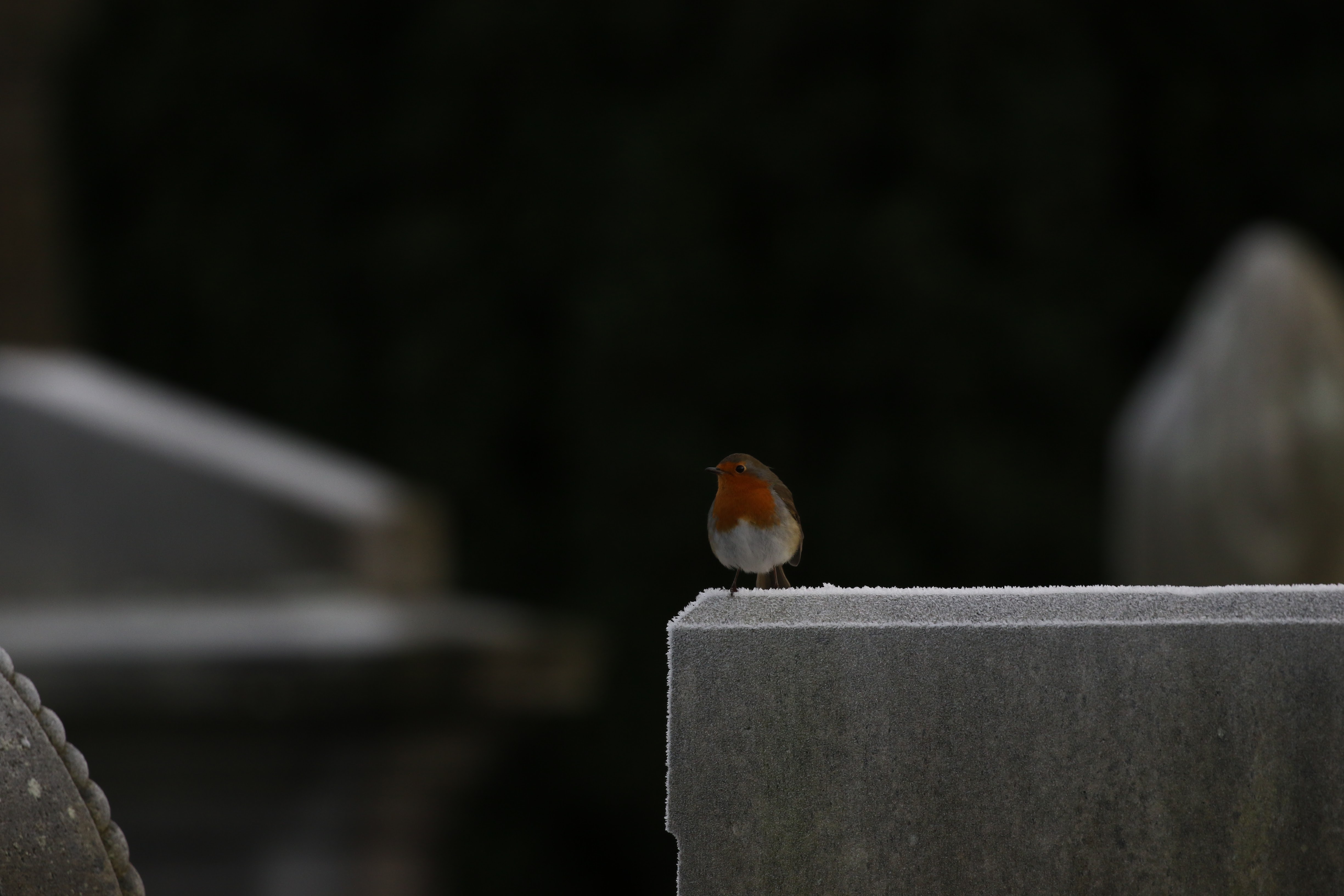
A robin
- The Ythan Estuary: with so many vantage points, this is a wonderful wander all year round. At low tide in winter it is filled with the great flocks of ducks: wigeon, shelduck, teal, mergansers, and eiders, pied drakes and bronze ducks, already making up to each other. Listen to the waders: percussive redshanks, mournful grey plovers, gossiping knots, wild curlews, trilling dunlin, cheeping sanderling, shrill oystercatchers, monosyllabic bar-tailed godwits – and thousands of silent golden plover, invisible on the stones. Every species has evolved to feed without competition, in one of nature’s hotels.
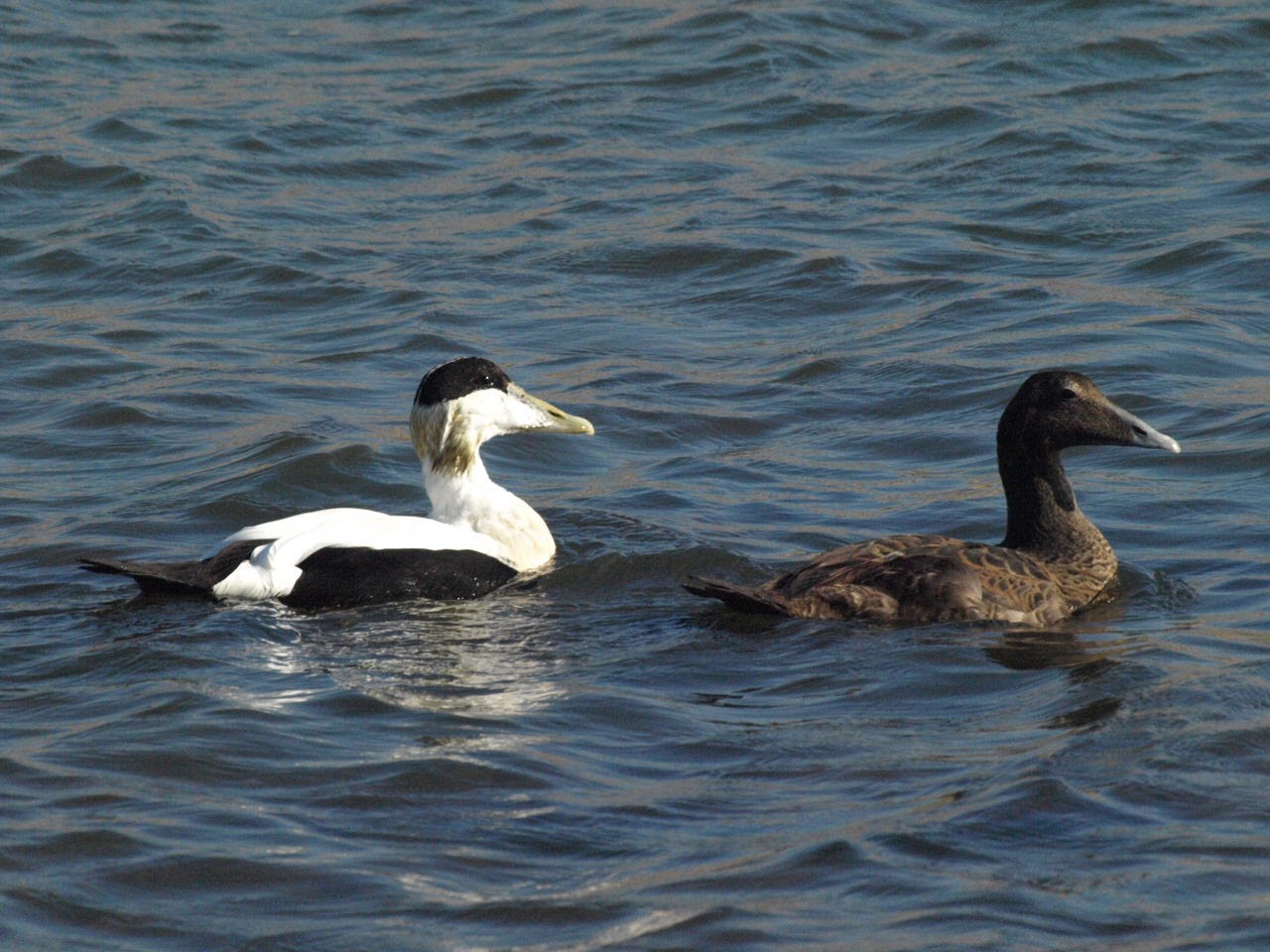
An eider duck
TAGS

